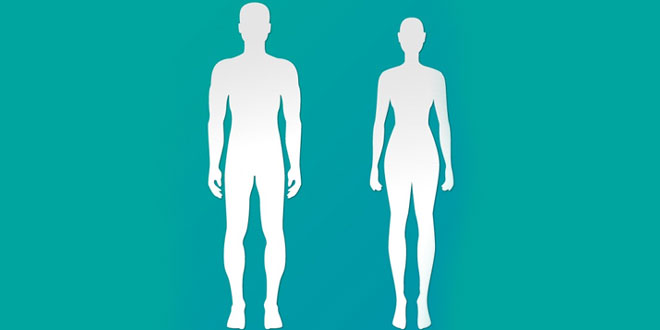Question: What do you understand by the term gender?
Answer: The way each society perceives what a ‘man’ is and what a ‘woman’ is, and what their different roles and responsibilities are, is called gender. It is more than the biological difference between men and women.
Question: What is a stereotyping? Give two examples of gender stereotyping.
Answer: A stereotype is a fixed idea or image that many people have of a particular type of person or thing which is not true in reality. For example: Gender stereotyping often prevents men from choosing dance, nursing, etc., as profession. Women are seen fit for only certain types of roles such as, cooking, taking care of home and kids, etc.
Question: Write a note on the role of gender in the family.
Answer: From the time they are infants, boys and girls are treated differently within most Indian families.
- Boys are pardoned the most mischievous of antics on the ground that ‘boys will be boys’. It is expected that they will be troublesome and naughty. Girls, on the other hand, are expected to be more submissive and obedient.
- As they grow older, boys are allowed to go out and play, while parents are more protective about the girls.
- In their teens boys are allowed to stay out longer than girls. Very often, girls are discouraged from having friends or leading an active social life.
- Girls are expected to help out with the housework, while boys are expected to run errands for the family, like going to the local grocery store.
- The birth of a son is greeted with great joy, while the birth of the girl is seen as something to be sorry about.
- The daughter of the house is often treated as a burden. Since a girl leaves the house after marriage, investing in her welfare is considered to be waste.
- Once married, girls leave the house of their parents and move in with their in-laws. This fact has coloured the treatment of the girls for centuries.
- Investing in a boy’s future made sense as parents felt that later the son would become the bread-winner of the family and would support them in their old age.
Question: How did the role of gender in India change over the ages?
Answer: The role of gender keeps changing over time:
- In vedic times women were believed to be at par with men in all aspects. They had right to perform sacrificial rites (Hotr), study vedas, be gurus, have equal share in family property and even marry more than one husband. Women could also perform the funeral rites of their father if there was no male heir.
- In the course of time, the balance tilted against women. Manusmriti, the book of Hindu laws, authored by Manu sage and the Arthasaastra by Kautilya, propounded the theory that ‘Women are created for the sake of sons’. Men began controlling women in various ways, to safeguard their caste and family property, women were married off when they were very young. This started the practice of child marriage.
- In most traditional, patriarchal societies(societies where the eldest male is the head of the family), roles and responsibilities are strictly defined by gender. This distinction on the basis of gender can be seen within the family, in the community, and even in public places.
Question: How are women in India expected to behave in public places?
Answer: Women in India in public places:
- In India, women were traditionally expected to stay within the house. They were discouraged from interacting with people apart from the family members.
- Women were supposed to take care of the house and the children, while the men brought in the money.
- Even today women are expected to dress and conduct themselves with decorum in the public, and not draw attention to themselves in any way.
- Women who choose to travel on their own, especially after dark, are viewed with suspicion and are often subjected to unwanted attention and comments.
- Women in many parts of India are expected to cover their heads and faces when they step out of their houses.
- As part of the perception of the women being soft and needing protection, there are separate queues for women in most public places like, railway reservation counters and booking counters. In many cities, buses have seats reserved for women.
- Increasingly, we find women taking an active part in public life, with more and more working women, perceptions are changing.
 Class Notes NCERT Solutions for CBSE Students
Class Notes NCERT Solutions for CBSE Students



Where is the question-what is informal sector?